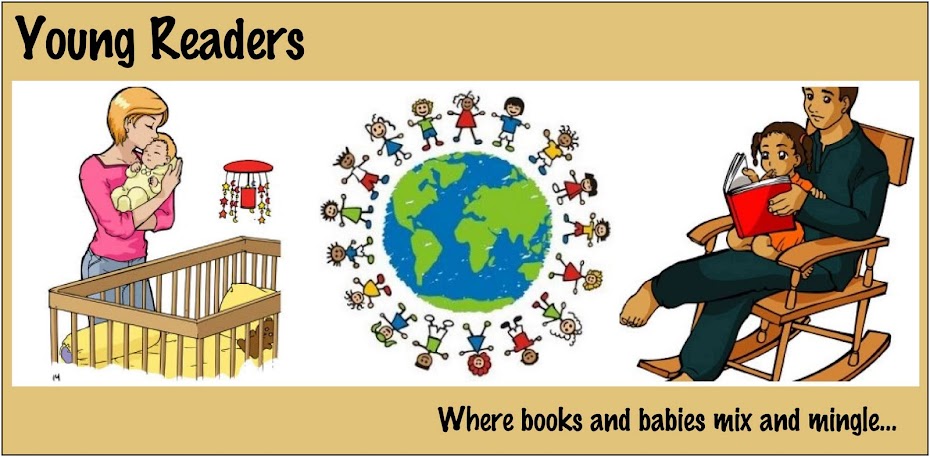
Lewis, C.S. 1953. The Silver Chair.
It's been more than a few weeks since I reviewed The Voyage of the Dawn Treader. The Silver Chair is the fourth novel in the seven-book series by C.S. Lewis. (In January, I also reviewed The Lion, the Witch, and The Wardrobe and Prince Caspian. You can read my reviews here and here.) Although I started The Silver Chair soon after, I lost interest quickly. I'd read a chapter here, a chapter there. And soon I realized that I'd been unsteadily plodding along on the same book for about six weeks. Which, if you know me at all, you'll know that that is very unusual.
The truth? Though many people like or love The Silver Chair...I'm not one of them. Don't get me wrong. I don't hate the book. I even enjoy parts of the novel a great deal. But I don't love it the same way that I love the other three, the first three. Which is my least favorite of the seven? It would be a toss up between The Silver Chair and The Horse and His Boy.
 The story. The story. What is the story. Two kids--Eustace, whom we first met in The Voyage of the Dawn Treader, and Jill, whom we are meeting for the first time, have unexpected, unplanned adventures in Narnia, a magical land first introduced in The Lion, The Witch, and The Wardrobe. The two step into the adventure. Their quest? To find the missing prince--a person assumed or presumed dead--the son of King Caspian. (Caspian we met in Prince Caspian and The Voyage of the Dawn Treader.) Aslan, the lion-king, gives instructions to Jill that will help them on their way. But these instructions require familiarity--memorization--and obedience. Neither come naturally to the children. Along the way, the children meet many characters. Some are friends; some are enemies. Puddleglum is the most interesting person that they meet. He is what I remember most about the novel.
The story. The story. What is the story. Two kids--Eustace, whom we first met in The Voyage of the Dawn Treader, and Jill, whom we are meeting for the first time, have unexpected, unplanned adventures in Narnia, a magical land first introduced in The Lion, The Witch, and The Wardrobe. The two step into the adventure. Their quest? To find the missing prince--a person assumed or presumed dead--the son of King Caspian. (Caspian we met in Prince Caspian and The Voyage of the Dawn Treader.) Aslan, the lion-king, gives instructions to Jill that will help them on their way. But these instructions require familiarity--memorization--and obedience. Neither come naturally to the children. Along the way, the children meet many characters. Some are friends; some are enemies. Puddleglum is the most interesting person that they meet. He is what I remember most about the novel.Overall, I liked this novel, but I didn't love it. I think others may enjoy it more than I did.

















